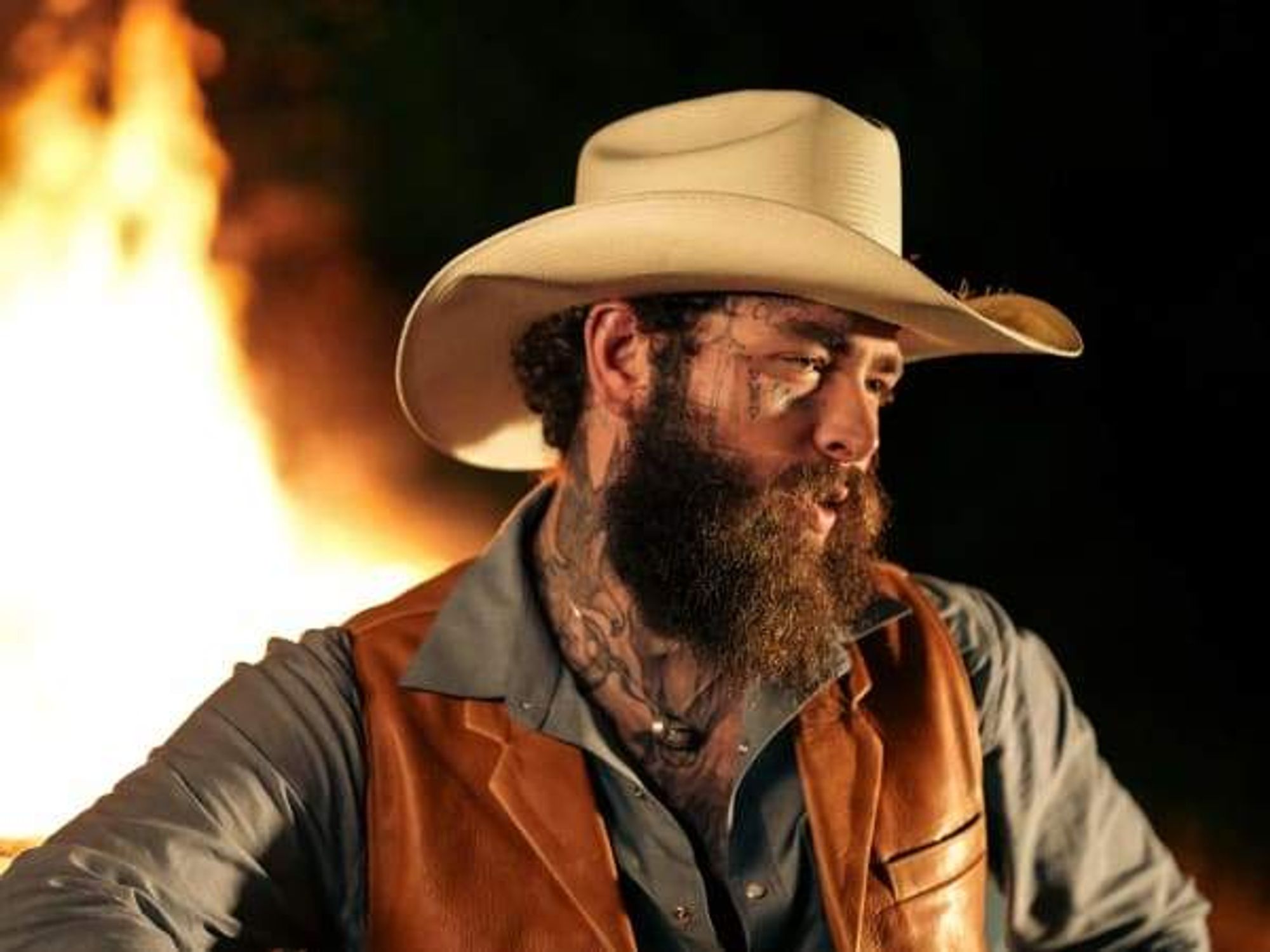The Long Way Around
Mike James' long, winding road leads to breakout role with Dallas Mavericks
The website Basketball-reference.com does something pretty cool with its player pages. It notes each player’s jersey numbers in a box that features the team’s colors.
Mike James’ page looks like a rainbow. Nine different team colors. Five different jersey numbers. His frequent flier account must need its own server.
Every professional sport has its itinerant players, those that will go anywhere to dribble a basketball, shoot a puck or throw a baseball so they can put off the real world for a little longer.
How James ended up in Dallas is anyone’s guess. But the Mavericks are certainly glad he did.
James is tough, humble and plays within the system. He runs the team with the kind of efficiency head coach Rick Carlisle wants.
He’s added ballast to a point guard rotation that needed a veteran hand and, in these final days as the Mavericks try desperately to earn a playoff berth, head coach Rick Carlisle has turned to the 37-year-old as a starter.
James became the starting point guard on March 6. In his first seven games, he scored 10 or more points four times and had at least three assists in every game. He played the position with a grit that the Mavs had been missing of late.
The grit and toughness is no surprise. James’ career was forged in rejection, trades and rising above it all.
James grew up Amityville, New York (yes, that Amityville). After a college career at Duquesne, no NBA team wanted him. His passport was pretty full after stops in Austria, France, China and Turkey to fill in time between NBA gigs. Same goes for stints with minor league teams in Long Beach, California; Rockford, Illinois; Erie, Pennsylvania; and Frisco, Texas.
His NBA career is just as eclectic. He finally broke into the NBA with Miami in 2001. From there his career took him to Boston, Detroit, Milwaukee, Houston, Toronto, Minnesota, back to Houston, New Orleans, Washington, Chicago and Dallas.
James won a NBA championship ring with the Detroit Pistons in 2004. He once scored 39 points in a game for Toronto, and he was the first player in Raptors history to score 30 or more points in four straight games.
He was traded three times in an 18-month span, a throw-in player to help facilitate trades for bigger-name players.
Seven days after he signed with the Texas Legends, the Mavs’ NBA Developmental League team, the Mavericks signed him to a 10-day contract, the equivalent of an in-season NBA tryout. James’ play off the bench earned him another 10-day contract, and then a contract for the rest of the season on January 28.
So why is James a Maverick?
Simple. He’s a Carlisle kind of player. What else would you expect from a guy who was once a part of the Rasheed Wallace-nicknamed “Pit Bulls” in Detroit?
James is tough, humble and plays within the system. He runs the team with the kind of efficiency Carlisle wants. That means more assists and fewer turnovers.
James has been around the block a few times and largely makes better decisions than the youngster Darren Collison. James also has a good long-range shot and can keep defenders from sagging off of him.
James is winding down a career that few could have predicted in its length and diversity. If the Mavericks are intent on keeping Collison as the point guard of the future, they may want to consider keeping James as the point guard of the present.
